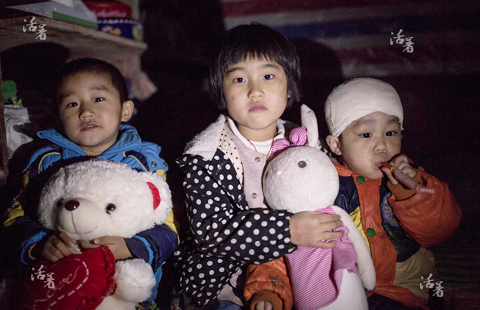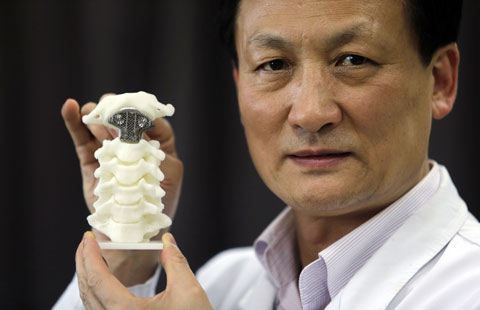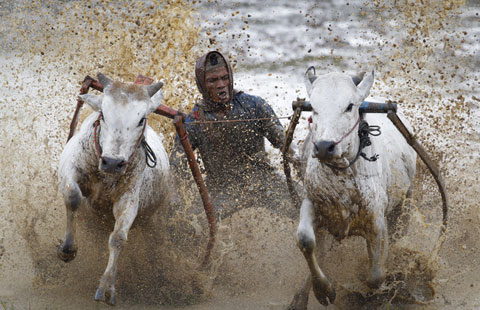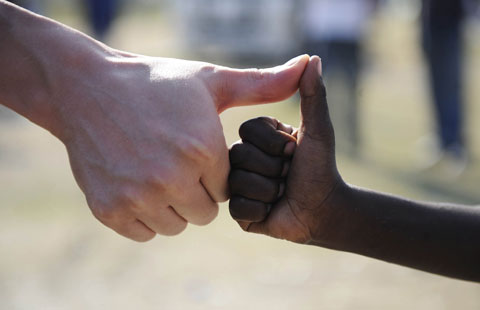
Martial arts as depicted in movies isn't the real thing, but it helps lead many to its rich philosophical side
In 1971, Bruce Lee pitched a television series to Paramount and Warner Brothers. Tentatively titled The Warrior, it was to be a Western with a modern twist. Officially named Kung Fu when it aired its 63 episodes from 1972 until 1975, the action-adventure drama follows a Shaolin monk who travels through the American Old West fighting evil and promoting good.
There was controversy about the genesis of the series. Both Linda Lee Cadwell, Bruce's widow, in her memoirs and Lee himself in television interviews of the time testify to the existence of the pitching. Warner Brothers did not deny it either, saying only that the eventual series was based on another project. Lee, who soon returned to Hong Kong and became the biggest kung fu icon in history, did not seem to be offended. He said he could understand why he was not cast. Ethnicity was obviously an issue.
Just a few weeks ago, an audition tape from 1964 of the 24-year-old Lee was sweeping across China's cyberspace. It was his audition for The Green Hornet, an American television series that lasted only one season and in which Lee played Kato, aide to the main character. In the video, Lee compares kung fu to water, "the softest substance in the world, yet it can penetrate the hardest rock or granite", and also it is "insubstantial", meaning "you cannot grasp it, punch it or hurt it". Every kung fu practitioner, according to Lee, tries to "be soft like water and flexible and adapt himself to the opponent".
People are amazed by the self-confidence of the then unknown Bruce Lee. Although he played a slew of supporting roles in Hollywood in the 1960s, his effort to incorporate the best of martial arts across the globe and create a style of his own resulted in the crossover appeal of a special type of fighting that is reflected in his four complete feature films and has left a long-lasting legacy.
There are martial arts schools across the world teaching all styles of fighting. But kung fu as it exists on the screen owes its popularity to legends like Bruce Lee, Jackie Chan and Jet Li. Granted, movie kung fu is not a replica of real kung fu: It is appropriately choreographed and enhanced and edited for your viewing convenience. You can even say it is a form of dance that uses kung fu as a choreographic language. The same applies to the fighting style in traditional Chinese operas, which constitutes one of the backbones of movie kung fu.
Kung fu or Chinese martial arts is not just about a set of beautifully executed movements or physical exercises. It is rooted in Chinese philosophies. The best practitioners use both the body and the mind and, moreover, merge the physical and the mental. Throughout the ages, different schools or sects of kung fu fought, influenced and enriched each other.
Shaolin has emerged as the most prominent partly because of its dramatic history and partly because of the myriad on-screen dramatizations. The biggest beneficiary could be the Shaolin Temple and its vicinity, which are lined with training schools, not to mention legions of tourists.
The influence of Chinese kung fu in the West seems to be two-fold: It has quickened the tempo of on-screen fighting and slowed down the rhythm of daily exercises. If you compare fighting sequences in Hong Kong movies with those in Hollywood, you'll find out that the Hong Kong style is much faster, with shorter pauses and more elaborate staging.
Since the global success of Crouching Tiger, Hidden Dragon, I've noticed a palpable acceleration of Hollywood's fighting velocity. Gone are the prolonged stares and back-and-forth pacing. Hand-to-hand combat sequences have a fluidity reminiscent of kung fu, not to mention individual movements in such movies as The Matrix franchise, which was designed by ace kung fu choreographer Yuen Woo-ping.
In daily life, kung fu is often taught for self-defense as trainees simultaneously absorb pacifist Chinese philosophies and are strongly discouraged from picking fights. Tai chi is so slow it's almost meditative. Like yoga, it is gaining popularity beyond the core aficionados of senior citizens. Its health benefits are both physiological and psychological: You can adjust your busy life and give yourself more time to appreciate what's beautiful around you, and you can find better balance within your body. Tai chi received a shining moment in Ang Lee's 1992 directorial debut Pushing Hands. In 2013, Keanu Reeves, star of The Matrix series, directed Man of Tai Chi, a Chinese-American co-production inspired by his stunt man and fighting coach.
The ubiquity of kung fu-style gestures and movements is only skin deep, though, as they tend to be disentangled from the philosophies that spawned them. Still, even as decoration, Chinese kung fu is pretty to look at and has seeped into many corners of world popular culture. Out of the many admirers will emerge a few who delve deeper into the spirit of kung fu and discover an even richer world.
The author is editor-at-large of China Daily.
(China Daily Africa Weekly 08/22/2014 page9)








